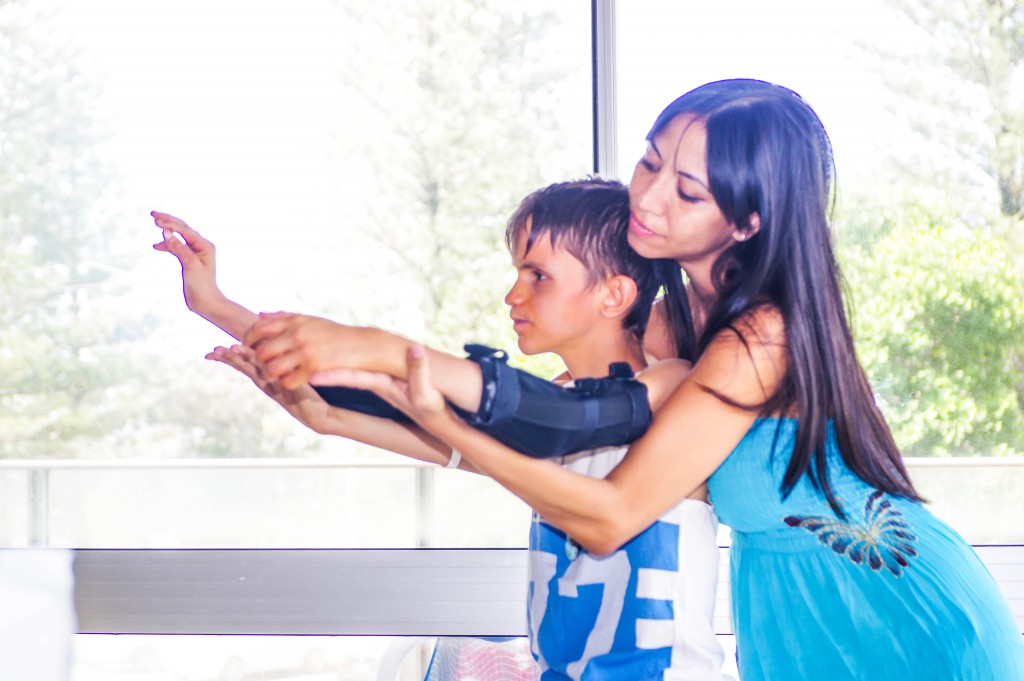A few years ago James Hobley, an eleven-year-old with autism, blew away the audience on “Britain’s Got Talent” with an amazing dance routine. But are there really any benefits of dance for children on the autism spectrum?
The practice of dance is highly structured and very ritualized, a selling point for children with autism. Dance has the power to help unlock the imagination of a concrete thinker and it empowers the dancer to give expression to their inner life, something crucial to children who struggle with other modalities of communication.
The experience of dance can open up children with autism to the possibility of more connection with others. Social interaction demands being on the same page with peers — something very difficult for a child on the spectrum to achieve. By encouraging children with autism to dance to rhythms, the mirroring of another’s experience bestows the satisfaction of belonging to a group.

Cutting-edge research points to children with autism needing multiple types of stimulation in order to process information. The combination of music and dance help the brain to reorganize itself. In dance, the child processes music, learns movement, performs movement to that music, then repeats it multiple times. The hearing, listening, processing, executing and repetition enable a child’s brain to forge new pathways, engaging both the right and left side of the brain.
The following video is a great introduction to the usefulness of dance for ASD:
Look out for more on this topic soon, and hopefully a feature of some of our clients!
Best,
Vanessa
Join the MOVEment! 🙂
